At present, there are many choices of fabrics for Hot water bottle cover. The classic 2L model, the price of the cover produced by using the cheapest fabric and the cheapest stitching thread is only 0.1 Euro, while the cover produced by expensive fabric The price even exceeds 5 euros.
Why the price gap so big?
There are 15 quality problems in the soft finishing of fabrics, and these problems are directly related to the price of fabrics.
1. Can't reach the feel
The soft style of the soft finishing varies with different customer requirements, such as soft, smooth, fluffy, soft waxy, oily, dry and slippery, etc. Different softeners are selected according to different styles. For example, in the film, there are softener films with different structures, and their softness, bulkiness, smoothness, yellowing, and influence on the water absorption of the fabric are different; in the silicone oil, the properties of the modified silicone oil with different modified groups are also different , Such as amino silicone oil, hydroxy silicone oil, epoxy modified silicone oil, carboxyl modified silicone oil, etc. all have different properties.
2. The hydrophilicity of the fabric decreases
Generally, the problem of the structure of the film used and the lack of water-absorbing groups after silicone oil film formation, as well as the closure of such water-absorbing centers as the hydroxyl groups of cellulose fibers, the carboxyl groups and amino groups on wool, etc., cause the water absorption to decrease. Anion and p should be used as much as possible; Dark spots The main reason for dark spots is that the oily water in the fabric is removed during the pre-treatment, and the oil stains are darker during dyeing; or there is too much foam in the dyeing bath, and the mixture of foam, floral clothing, dyes, etc. sticks to the fabric; or The floating oil of the foaming agent causes dark oil spots; or the tar substance in the dyeing tank sticks to the fabric; or the dyes aggregate to form dark spots under different conditions, or the water quality calcium and magnesium ions are excessively combined with the dye and stick to the fabric. .
It should be treated in a targeted manner, such as adding a degreasing agent for scouring during pretreatment, low-foaming and non-foaming additives for dyeing auxiliaries, and defoaming agents that are not easy to float, adding chelating agents to improve water quality, and adding solubilizing and dispersing agents To prevent dye agglutination, clean the vat with cleaning agent in time.
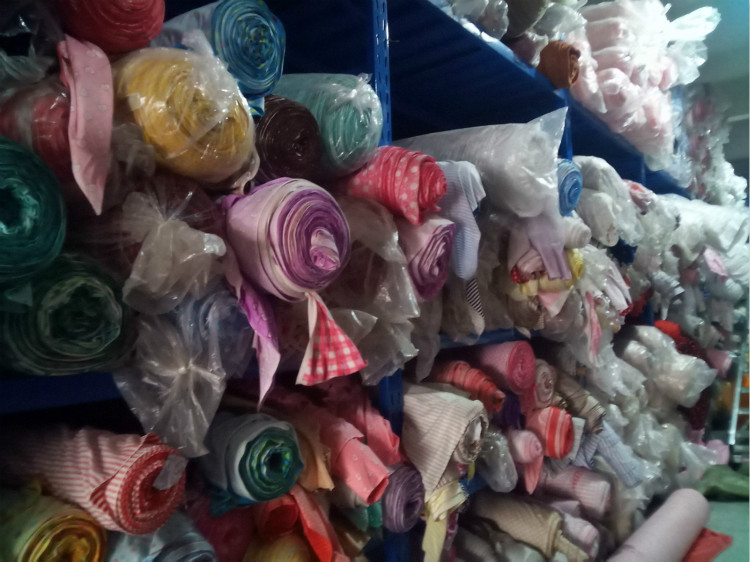
3. The color becomes yellow
Generally, films with amino structures and amino groups in amino silicone oils tend to cause yellowing. In the film, the cationic film is soft and has a good hand feeling. It is easy to be adsorbed on the fabric, but it is easy to yellow and change color, which affects the hydrophilicity. If the cationic film is modified into soft oil, its yellowing will be greatly reduced, and the hydrophilicity is also Improvement, such as compounding cationic film with hydrophilic silicone oil, or compounding with hydrophilic finishing agent, its hydrophilicity will be improved.
Anionic film or non-ionic film is not easy to yellow; some film does not yellow, and does not affect hydrophilicity. Amino silicone oil is currently the most widely used silicone oil, but because the amino group will cause discoloration and yellowing, the higher the ammonia value, the greater the yellowing. You should switch to low-yellowing amino silicone oil or polyether modification, epoxy modification, etc. Yellow silicone oil.
In addition, cationic surfactants such as 1227, 1831, and 1631 are sometimes used as emulsifiers during emulsion polymerization. These emulsifiers can also cause yellowing. When silicone oil is emulsified with different emulsifiers, its "peeling effect" is different, which will cause peeling and light color under different conditions; it is already a color change.
4. Alkali spots
The main cause of alkali spot is that after pretreatment (such as bleaching, mercerizing), the alkali spot is not clean or uniform, which causes alkali spot, so the alkali spot removal process must be strengthened.
5. Light spots
The main reason for light stains is uneven pretreatment, poor hair effect in some parts, resulting in a certain degree of repellency, or with repellent substances, or calcium soap, magnesium soap, etc. on the cloth during pretreatment, or Uneven mercerization, or uneven drying of semi-products, or undissolved sodium sulfate, soda ash and other solids on the cloth surface, or dripping with water before the dyed product is dried, or dyed product softening and other post-finishing auxiliary spots Stains. The same must be targeted treatment, such as strengthening the pretreatment, the selection of pretreatment additives must not be easy to form calcium and magnesium soap, the pretreatment must be uniform and thorough (this is related to the selection of scouring agent, penetrant, chelating dispersant, mercerizing penetrant, etc. ), sodium sulfate, soda ash, etc. must be put into the tank well and production management must be strengthened.
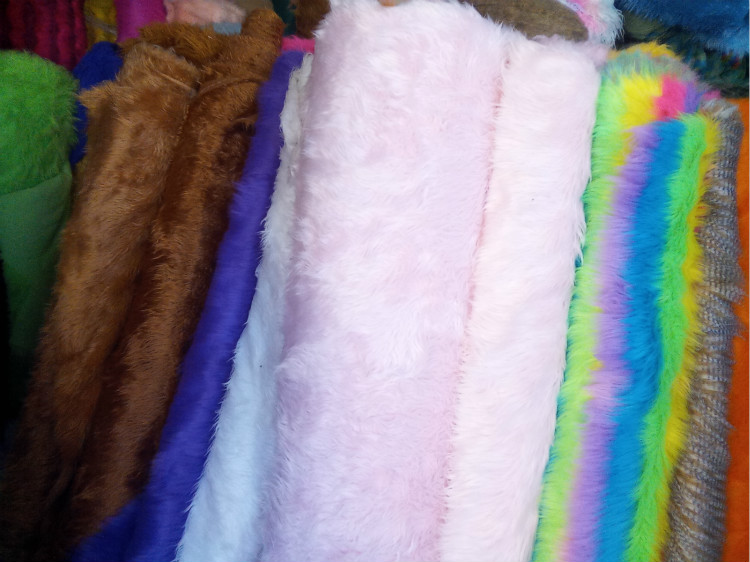
6. Softener stains
There are probably the following reasons for softener stains:
(1) The soft sheeting material is not good, and there is a block softener adhering to the fabric;
(2) There is too much foam after the soft sheeting material, and when the cloth comes out of the cylinder, the cloth will be stained with softener foam;
(3) The water quality is poor, the hardness is too high, and the impurities in the water combine with the softener and agglomerate on the fabric. Some factories even use sodium hexametaphosphate or alum to treat water. These substances form flocs with impurities in the water, which will stain the cloth surface after entering the softening bath;
(4) The cloth surface has anionic substances, and when it is soft, it will combine with cationic softener to stain, or the cloth surface has alkali to make the softener agglomerate;
(5) The structure of the softener is different, and some of the softener changes from an emulsified state to a scum stick to the fabric at a higher temperature;
(6) The original tar-like softener and other substances in the cylinder fall off and stick to the fabric.
7. Silicone oil stains
Silicone oil stains are the most difficult type of stains. The main reasons are:
(1) The pH value of the cloth surface is not neutral, especially with alkali, causing the silicone oil to break and float;
(2) The water quality of the treatment bath is too poor and the hardness is too high. Silicone oil is very easy to float in water with a hardness greater than 150mg/L;
(3) Silicone oil quality problems, including poor emulsification (poor emulsifier selection, poor emulsification process, too large emulsified particles, etc.), intolerance to shear (mainly problems with silicone oil itself, such as silicone oil quality, emulsification system, silicone oil variety, etc.) Silicone oil synthesis process, etc.).
You can choose silicone oil that is resistant to shear, electrolyte, and pH changes, but you should pay attention to the way the silicone oil is used and the environment, and you can also consider choosing a hydrophilic silicone oil.
8. Formaldehyde problem
The free formaldehyde in the resin or the formaldehyde decomposed from the resin with N-methylol structure caused the formaldehyde content to exceed the standard. It is advisable to use ultra-low formaldehyde resin or formaldehyde-free resin.
Of course, there are many sources of formaldehyde problems, such as fixing agent Y, M, softener MS-20, S-l, water repellent AEG, FTC, adhesive RF, flame retardant THPC and other additives sometimes cause excessive formaldehyde. At the same time, the migration of formaldehyde in the air may also cause excessive formaldehyde on the fabric.
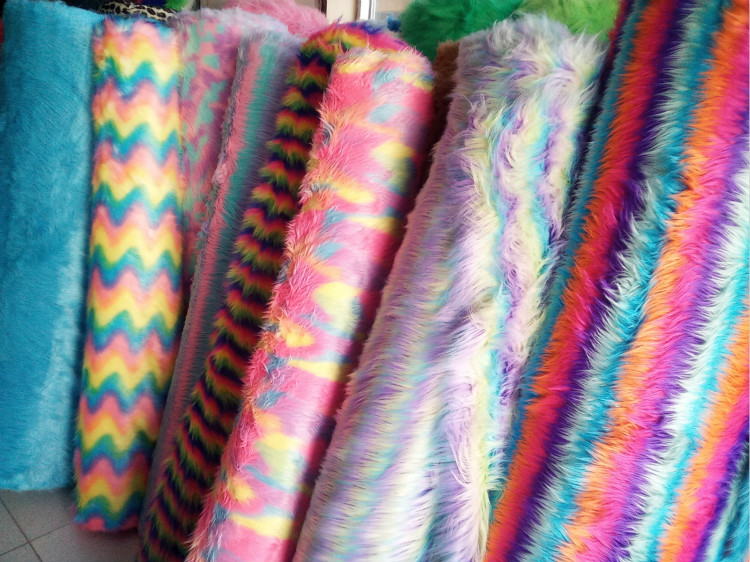
9. Poor fluffing
Poor raising is closely related to the operation of the raising machine (such as tension control, raising roller speed, etc.). For raising, when applying softener (commonly known as waxing), controlling the dynamic and static friction coefficient of the fabric is the key, so the raising is soft The preparation of the agent is the key. If the softener is not used well, it will directly cause poor fluffing, and even cause breakage or door width changes.
10. Yellowing or discoloration
After the resin is finished, it will generally cause yellowing, so it is necessary to control the pH value, acid content, and catalyst components of the resin finishing agent to minimize yellowing and discoloration.
11. Hand feeling problem
General resin finishing will cause the hand feeling to become hard. Soft ingredients can be added, but it should be noted that the quality of the resin finishing should not be affected. The hand feel has improved, and the problem of strength reduction has also been greatly improved. However, problems such as hard hand feel caused by the surface resin are caused by the resin itself and drying, and should be improved in a targeted manner.
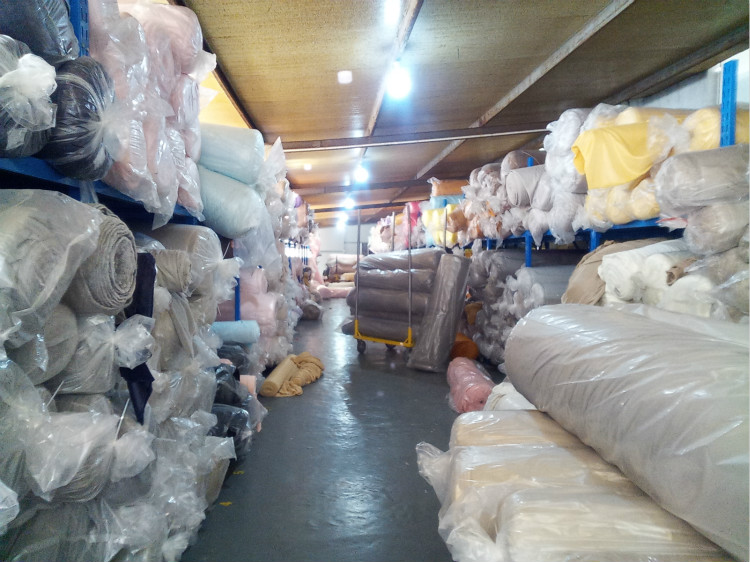
12. Power drop problem
Generally, resin finishing will produce strength reduction, and fiber protective agent, such as oxidized polyethylene wax emulsion, can be added.
13. Excessive metal ions
Metal ions Cu, Cr, Co, Ni, Zn, Hg, As, Pb, Cd, etc. need to be tested in export products. If they exceed the standard, it will have serious consequences like formaldehyde. Among the additives, these metal ions are less, but some additives can cause excessive levels. For example, the flame retardant antimony trioxide emulsion contains a lot of mercury, and the water repellent CR, phoboTexCR (Ciba), Cerolc (Sandoz), etc. chromium. When mordant dyes are used in wool spinning, the mordant dyes used are potassium dichromate or sodium dichromate or sodium chromate, and Cr6+ will exceed the standard.
14. Color change problem
After finishing, there are more problems of color change. This must pay attention to the choice of dyes during dyeing. When dyeing, you must carry out corresponding finishing according to the process to determine whether the selected dyes will occur under the action of additives Discoloration, of course, it is best to choose a finishing agent that will not cause discoloration is the most ideal solution, but this often has limitations (such as copper-containing antibacterial agents themselves have colors, chromium-containing waterproofing agents also have colors, which will cause Fabric discoloration), and also consider factors such as light color and discoloration caused by dye sublimation during drying and baking of dyed fabrics, and yellowing caused by high temperature.
15. APEO exceeds the standard
APEO as an indicator is also strictly restricted by some countries. This indicator is related to the scouring agent and penetrant in the pre-treatment, the detergent and leveling agent in the printing and dyeing, and the emulsifier in the softening agent in the finishing. In the current situation where TX and NP series of surface active agents are widely used as raw materials for additives, it is difficult to prevent them. The only way is for printing and dyeing factories to insist on using environmentally friendly additives and strictly prohibit additives containing APEO and toxic and harmful substances from entering the factory.
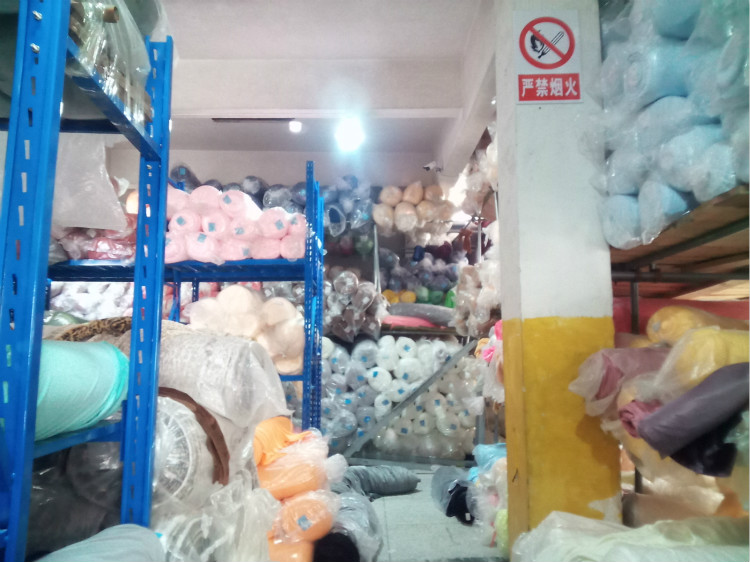
Contact: Bin Li
Phone: 86 15189700574
Email: li@bofatetrading.com
Add: No. 5, Zhuxianghe Road, Shiqiao Town Industrial Park, Economic Development Zone, Yangzhou, Jiangsu, China
We chat
